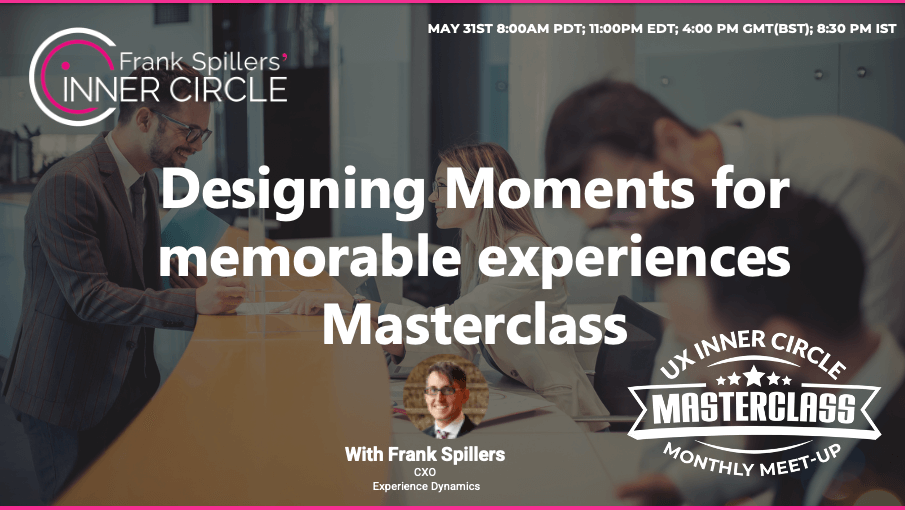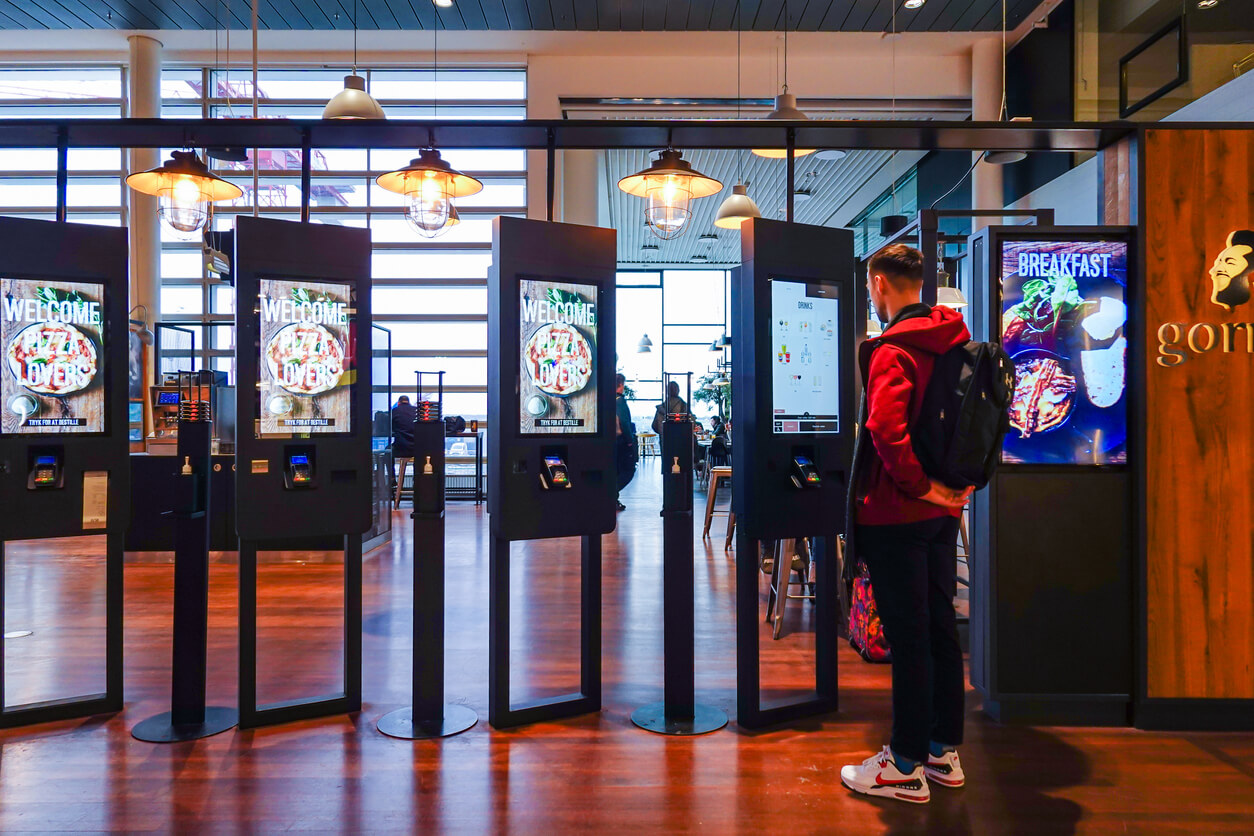In service design, a “moment of truth” (MOT) refers to the perceptions formed during critical moments or interactions between a customer and a service provider. Moments are either benign, positive, or negative.
Customers can be heard saying: “That was meh, not sure about that!”, “This is unbelievable, what a great service!” or “I’m never using this service again!”. These moments can occur during channel and touchpoint interactions throughout the customer journey, such as initial contact, purchase, usage, or support experience. Understanding what should happen during an existing service or a new one you are designing is critical to building more positive moments.
In this upcoming Moment Design Masterclass, we dive into a core Service Design area implicated in the infamous Moment of Truth or “MOT”. The MOT is where customers love or hate your brand experience. Why is this significant? Because NPS (Net Promoter Score), emotional reflection (intent to use, intent to purchase), word of mouth, and customer satisfaction are all attributed to what happens in Moments. So, moments are critical to designing product-service experiences.
Moment of truth design vs. the “default” service interaction
Letting moments happen on their own is a common approach to service delivery. Governments classically default to random moment design, with an attitude of: “The moment is about us, not you.” However, many businesses suffer from a similar “Here’s the service, now you figure it out” approach. The “default” is often based on seeing services as products with a static approach to experience design: “We created the product and shipped it, and here it is.” But a service is not a product. Moving beyond a product focus into a product-service lens can help add back the dynamic nature of customer behavior across channels and touchpoints.
Service moments can be deliberately designed
Service Design brings a level of deliberateness to service interactions. These interactions are aided by carefully orchestrated artifact presentation, called physical evidence in Service Design. Designing the right artifacts for each customer touchpoint interaction requires a channel-appropriate strategy. Moments are the memories made during those interactions. That’s why moments are precious opportunities for Service Designers to fill with intention, direction, inspiration, and pleasure.
A former President of Scandinavian Airlines, Jan Carlzon, in the book Moments of Truth wrote:
“Last year, each of our 10 million customers came in contact with approximately five SAS employees, and this contact lasted an average of 15 seconds each time. Thus SAS is “created” 50 million times a year, 15 seconds at a time. These 50 million “moments of truth” are the moments that ultimately determine whether SAS will succeed or fail as a company…”
It might help to think of moments as “exposure” in UX service experiences the way an advertiser thinks of exposure in repeating a message impression in advertising. You want your exposures to be positive, empowering, and “wow-full”.
Learn how to improve the moments in your Service Design
Where Carlzon helped frame the MOT priority in the late 80s, Angus Jenkinson* in the 90s uncovered touchpoints within moments signaling their importance in CX/UX. MOTs need attention because they represent intense hotbeds of customer emotion. In Emotion Design, you want to support, shape, or get out of the way of customer emotions.
*While Jenkinson attributed the concept of the “Moment of Truth” to his industry clients, he probably thought more about this than anyone, making him an early Service Design contributor. He also promoted personas and created the idea of touchpoints, which is a key design target in Service Design.
Why Moments Are The Key To Memorable Product-Service Experiences In Service Design
First, Moments exist within Stages of a Journey. For example, going to the restaurant…Waiting to be seated, Ordering food and drinks etc. Touchpoints happen within those moments. For example, where to park, where to indicate “We’re here,” getting a menu, and asking a question about an allergy. Touchpoints need to be smooth, thought out, and carefully executed.
Next, touchpoints happen within Moments. A customer might not remember a touchpoint, but they do remember a Moment. This is why moment design is so critical to address. In this Masterclass, Frank Spillers will guide you through a clearer understanding of how to design Moments that accommodate better journeys and more strategic touchpoint design.
Learn how Designing the Moment of Truth can make an impact, including:
- What factors impact a Moment and Moment of Truth?
- How Moments impact Customer Journeys, Personas, and Touchpoint design
- Identifying Moments from an Emotion Design perspective
- Designing ideal Moments to fit key Touchpoints (customer interactions)
- Fixing broken or miscalibrated Moments
- Analyzing MOT potential on your Service Blueprint








